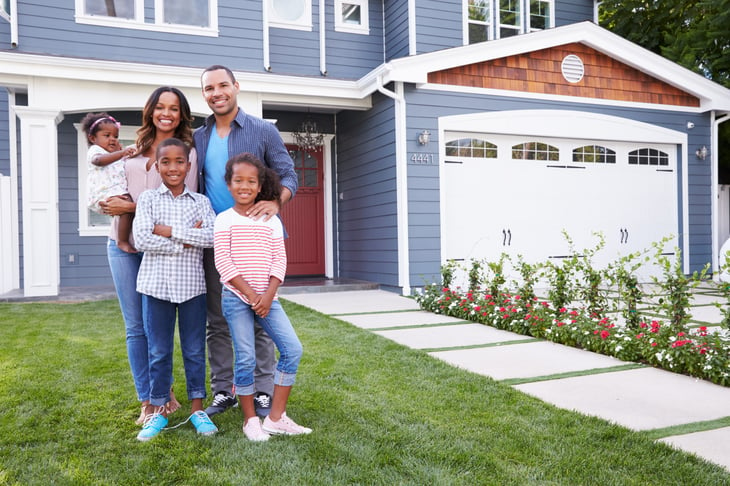
This story originally appeared on SmartAsset.com.
Nationwide, when it comes to wealth and personal finance success, Black Americans generally have less. U.S. Census Bureau data from 2019 shows that the median Black household income is 33% lower than the overall median household income and the Black homeownership rate is 22 percentage points lower than the general homeownership rate. Data on wealth accumulation depicts even starker disparities: Black families’ net worth is 87% lower than that of white families and 33% lower than that of Hispanic families, according to the Federal Reserve’s 2019 Survey of Consumer Finances.
Though the national picture is less than encouraging, economic outcomes for Black Americans are better in some places than others. In this study, we determined the cities where Black Americans fared best economically leading up to 2020. We compared 129 cities across six metrics: median Black household income, Black homeownership rate, Black labor force participation rate, poverty rate for Black residents, percentage of Black adults with a bachelor’s degree and percentage of business owners who are Black. For details on our data sources and how we put all the information together to create our final rankings, check out the Data and Methodology section at the end.
1. Virginia Beach (tie)
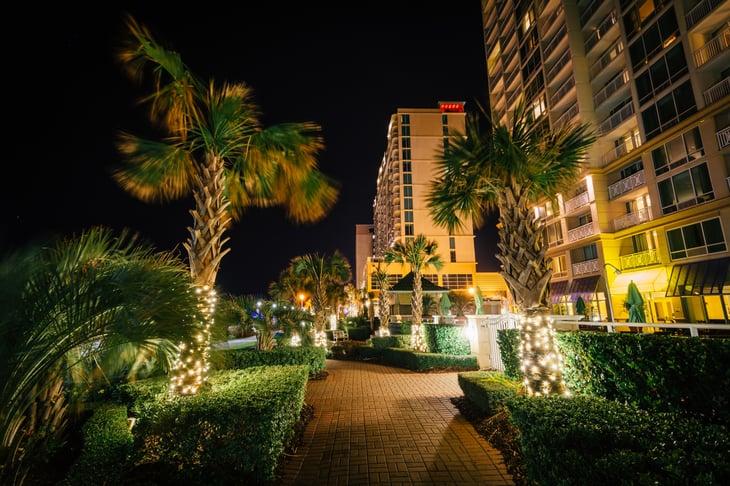
Virginia Beach, Virginia, ranks in the top 10 cities for four of the six metrics we considered. It has the seventh-highest median Black household income, at roughly $65,600, and the sixth-highest 2019 Black labor force participation rate, at 78.7%. Additionally, Census Bureau data shows that the 2019 poverty rate for Black residents in Virginia Beach is 10%, the fourth-lowest in our study. In the Virginia Beach-Norfolk-Newport News metro area, more than 5% of businesses are Black-owned, the seventh-highest percentage for this metric overall.
1. Grand Prairie, TX (tie)
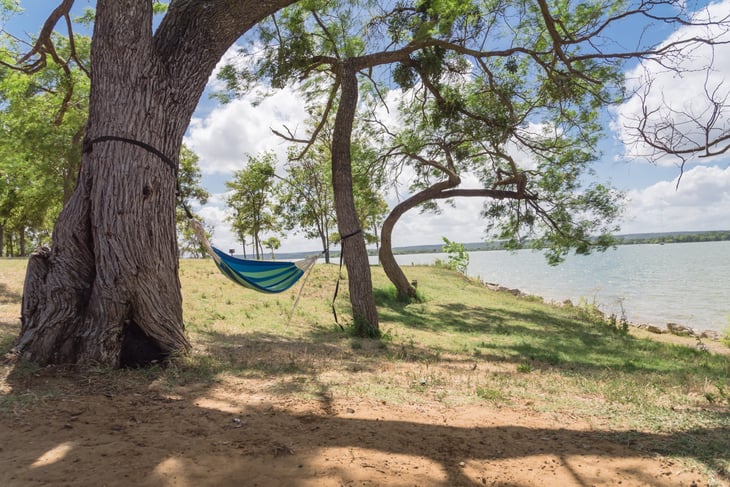
Grand Prairie, Texas, ties with Virginia Beach, Virginia, as the city where Black Americans fare best economically. It has the fourth-highest Black labor force participation rate (at 79.9%) and the lowest Black poverty rate (at less than 5%) of all 129 cities in our study. Additionally, more than a third of Black residents in Grand Prairie have their bachelor’s degree, and the median Black household income is more than $63,000. The city ranks sixth and 10th out of 129 for those two metrics, respectively.
3. Aurora, IL (tie)
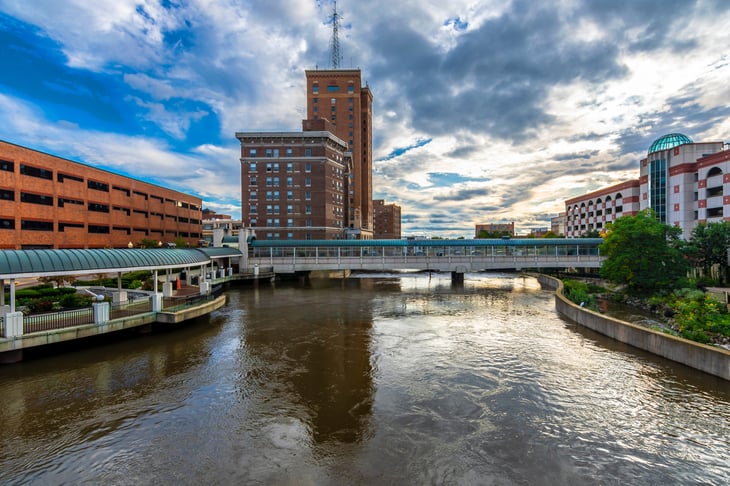
Aurora, Illinois, ranks in the top third of all 129 cities for five of the six metrics we considered, falling behind only for the metro area’s relatively low concentration of Black-owned businesses. It has the fourth-highest Black homeownership rate (about 52%), sixth-highest median Black household income (about $65,900) and 10th-lowest Black poverty rate (11.9%). Aurora’s Black labor force participation rate is 73.5%, ranking 15th overall for this metric. Moreover, more than 29% of Black residents in the city have their bachelor’s degree, ranking 26th overall.
3. Pembroke Pines, FL (tie)
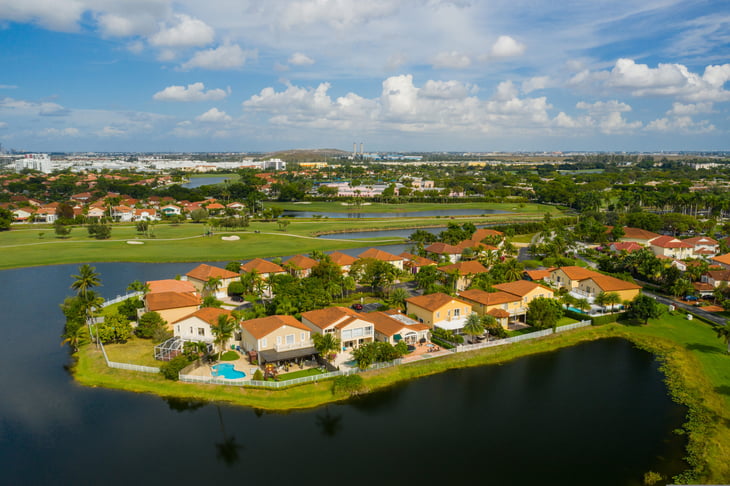
Just north of Miami, Florida’s Pembroke Pines ties for the No. 3 spot. Across all 129 cities, it has the second-highest Black homeownership rate – 60.20% – and the sixth-lowest 2019 Black poverty rate – 10.6%. Additionally, incomes for Black households are relatively high. In 2019, the median Black household income was about $61,500, the 11th-highest in our study.
5. Miramar, FL
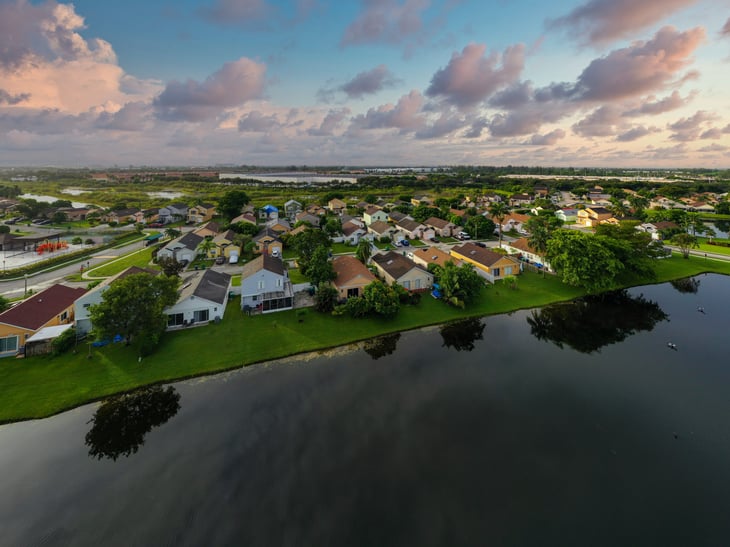
The Black homeownership rate in Miramar, Florida, is the highest in our study, at 68.07%. This is about 26 percentage points higher than the 2019 national Black homeownership rate, which is approximately 42%. Miramar additionally ranks in the top 15 cities for three other metrics: its high median Black household income (about $66,300), its high Black labor force participation rate (74.1%) and its relatively low Black poverty rate (7.9%).
6. Charlotte, NC
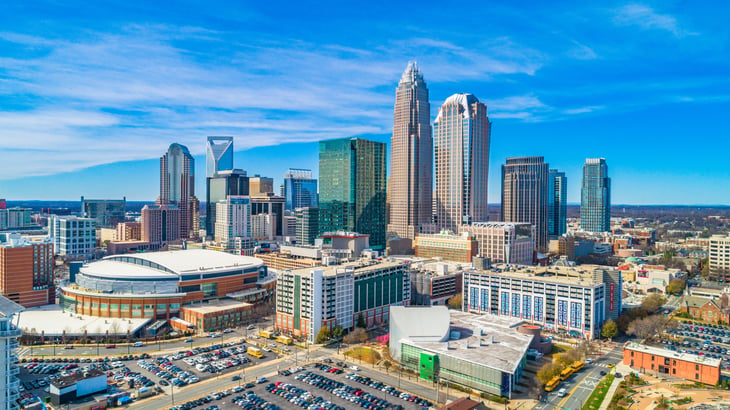
Though the median Black household income in Charlotte, North Carolina – at a little more than $46,300 – is relatively low, Charlotte ranks in the top third of cities for the other five metrics we considered. It has the 28th-highest Black homeownership rate (41.45%), the 18th-highest Black labor force participation rate (73.0%) and the 14th-lowest poverty rate for Black residents (13.6%). Additionally, more than 30% of Black adults here have their bachelor’s degree and almost 4% of businesses in the larger Charlotte metro area are Black-owned — both of which rank within the top 25 out of all 129 cities in the study.
7. Garland, TX
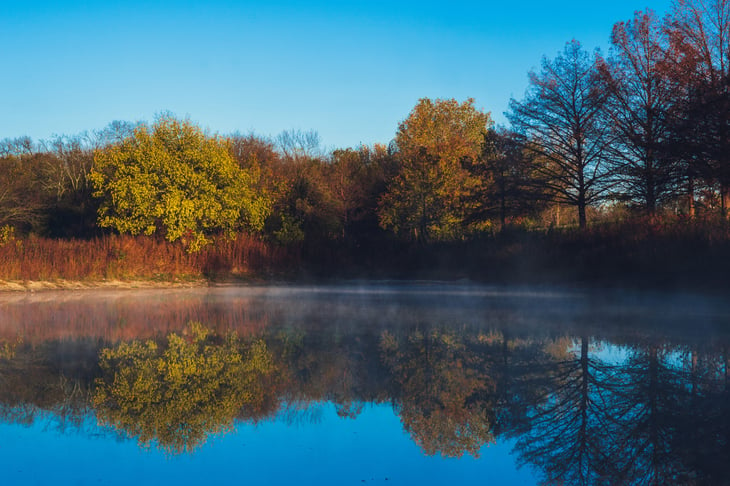
The Black homeownership rate in Garland, Texas, northeast of Dallas, is the fifth-highest in our study, at 50.98%. This city has the 11th-highest Black labor force participation rate, at 75.8%. It also ranks in the top 15 for its median Black household income ($60,030) and the percentage of Black adults with a bachelor’s degree (32.5%). Garland falls the furthest behind when it comes to the poverty rate for Black residents, which was 23.7% in 2019. That’s 1.2% higher than the national average for Black Americans and the worst of any city in our top 10.
8. Durham, NC
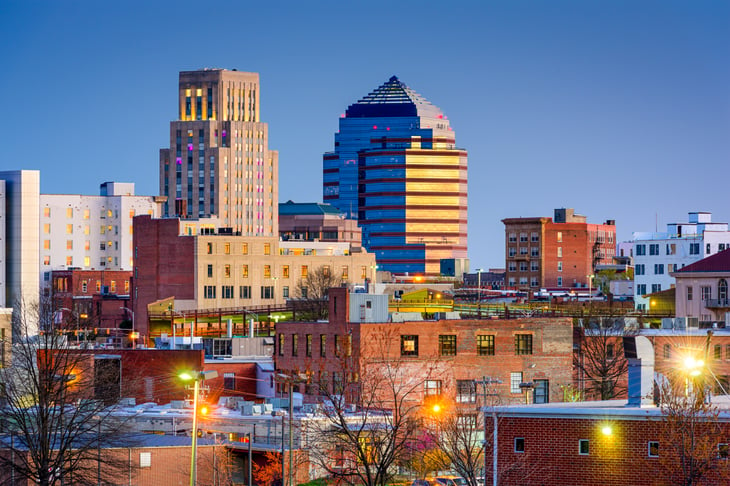
Only about two hours northeast of Charlotte, Durham, North Carolina, takes the eighth spot on our list. The city ranks particularly well for its percentage of Black adults with a bachelor’s degree (35.2%) and percentage of Black-owned businesses in the larger Durham-Chapel Hill metro area (4.7%). Additionally, the Black labor force participation rate is the 30th-highest across all 129 cities in the study, at 69.4%. The poverty rate for Black residents is 35th-lowest overall, at 18.9%.
9. Enterprise, NV
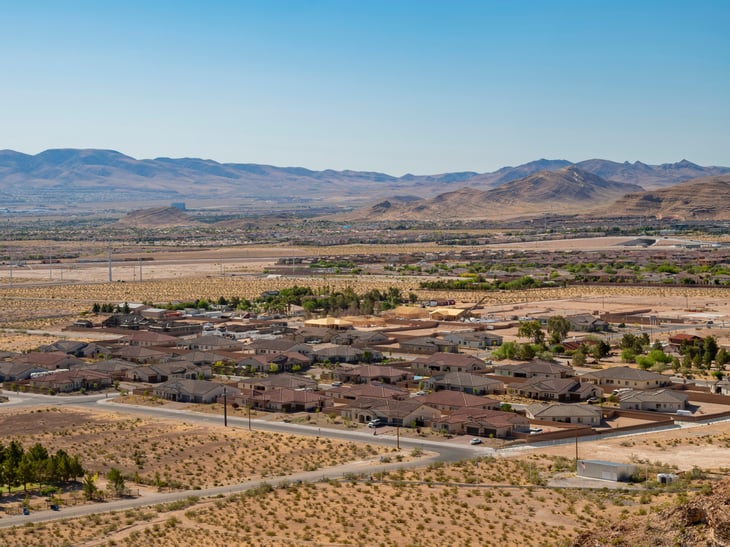
The Las Vegas suburb of Enterprise, Nevada, had the fifth-highest 2019 Black labor force participation rate (79.0%), the 16th-highest 2019 median Black household income (about $58,500) and 23rd-best 2019 Black homeownership rate (roughly 43%) of all 129 cities in our study. Enterprise falls behind, however, when it comes to the number of Black-owned businesses in the larger Las Vegas metro area, at less than 2%. The city ranks 67th out of 129 for this metric.
10. Elk Grove, CA
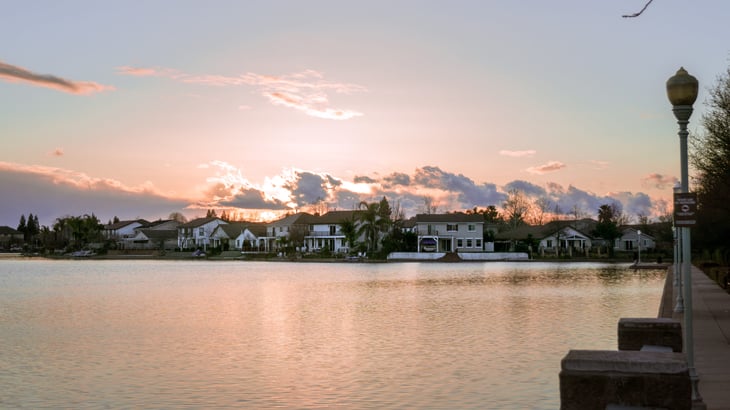
The median household income for Black residents in Elk Grove, California, is a little more than $76,300, the second-highest in our study (ranking behind only Rancho Cucamonga, California, where the median household income is almost $92,000). Elk Grove also ranks in the top 10 cities for its relatively high Black homeownership rate (52.51%) and the relatively high percentage of Black adults with a bachelor’s degree (35.1%). But as in Enterprise, Nevada, few businesses in the Elk Grove area are Black-owned. Annual Business Survey data from 2018 shows that less than 2% of employer firms in the greater Sacramento–Roseville–Arden-Arcade metro area are Black-owned.
Data and Methodology

To find the cities where Black Americans fare best economically, SmartAsset looked at the 200 largest cities in the U.S. Only 129 of those cities had complete data available, and we compared them across six metrics:
- Median Black household income. Data comes from the U.S. Census Bureau’s 2019 1-year American Community Survey.
- Black homeownership rate. This is the number of Black owner-occupied housing units divided by the number of Black-occupied housing units. Data comes from the Census Bureau’s 2019 1-year American Community Survey.
- Black labor force participation rate. This is for the Black population 16 years and older. Data comes from the Census Bureau’s 2019 1-year American Community Survey.
- Poverty rate for Black residents. Data comes from the Census Bureau’s 2019 1-year American Community Survey.
- Percentage of Black adults with a bachelor’s degree. This is for the Black population 25 years and older. Data comes from the Census Bureau’s 2019 1-year American Community Survey.
- Percentage of business owners who are Black. This is the number of Black-owned businesses with paid employees divided by the number of businesses with paid employees. Data comes from the Census Bureau’s 2018 Annual Business Survey and is at the metro area level.
To determine our final list, we ranked each city in every metric, giving a full weighting to all metrics. We then found each city’s average ranking and used the average to determine a final score. The city with the highest average ranking received a score of 100. The city with the lowest average ranking received a score of 0.
Editors’ note: SmartAsset published this study in celebration and recognition of Black History Month. Protests for racial justice and the outsized impact of COVID-19 on people of color have highlighted the social and economic injustice that many Americans continue to face. We are aiming to raise awareness surrounding economic inequities and provide personal finance resources and information to all individuals.





Add a Comment
Our Policy: We welcome relevant and respectful comments in order to foster healthy and informative discussions. All other comments may be removed. Comments with links are automatically held for moderation.